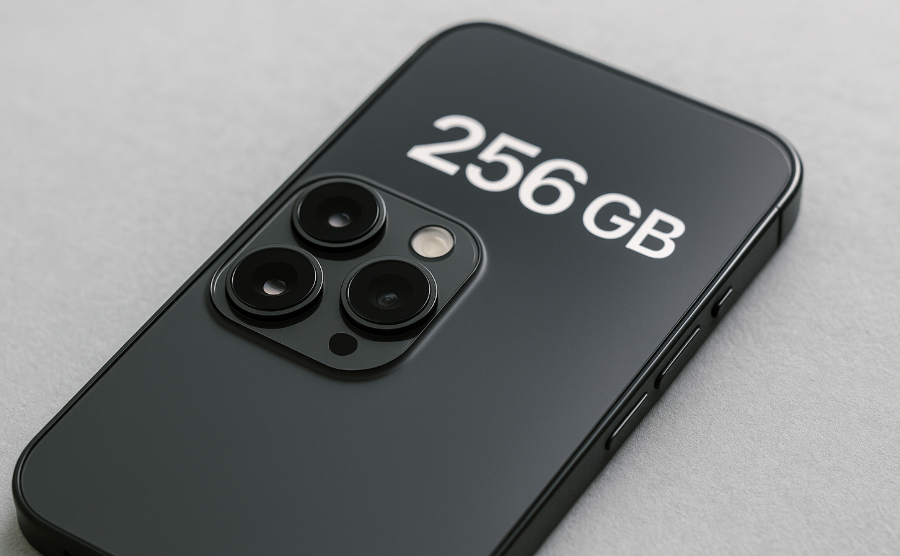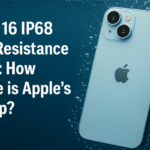Are you preparing to upgrade to the iPhone 16 but unsure how much storage you really need? With Apple offering storage capacities from 64GB all the way up to 1TB, choosing the right option can seem confusing. In this guide, we’ll break down each storage tier, explain who it’s best for, and help you make an informed purchase decision.
Understanding iPhone Storage: What Do the Numbers Really Mean?
Each iPhone 16 model comes in several storage variants, typically including:
-
64GB: Ideal for light users who mostly browse, stream, and use cloud storage. This option works well for individuals who don’t store large photo or video libraries locally.
-
256GB: A versatile choice offering significantly more space for users who capture high-resolution photos and 4K videos, download music, store games, and keep offline content. It provides a comfortable balance of performance and price.
-
512GB: Targeted at power users such as content creators or mobile professionals. With 512GB, you can store thousands of high-res photos, long-form videos, documents, and more without worrying about running out of space.
-
1TB: Best suited for professionals dealing with large raw image files, 4K/8K video content, or numerous editing apps. This tier is ideal for photographers, filmmakers, and tech enthusiasts who want effectively unlimited on-device storage.
Which Storage Size Is Best for You?
Here’s how to choose the best iPhone 16 storage capacity based on your needs:
1. Evaluate Your Usage
Ask yourself:
-
Do you frequently record 4K videos or high-resolution photos?
-
Do you play large games or use content-heavy apps?
-
How much offline media (music, movies, files) do you store?
If your answer to most of these is “yes,” a higher-tier storage variant (512GB or 1TB) is likely the better fit.
2. Factor in Future Growth
Apps are becoming larger, media files more detailed, and updates more demanding. Even if you’re a moderate user now, consider how your usage might expand over the next 2–3 years.

3. Cloud Storage Considerations
If you subscribe to iCloud+ or rely heavily on cloud services (Google Drive, OneDrive, etc.), you might not need the highest tier. However, cloud storage can’t fully replace local capacity, especially for 4K video editing or offline media libraries.
4. Budget Balance
The higher the storage, the higher the price tag. Assess what features matter most to you — would you rather invest in storage or use the difference toward accessories like MagSafe battery packs, AirPods, or an AppleCare+ plan?
Our Recommendation by User Type
| User Type | Recommended Storage |
|---|---|
| Casual User (calls, apps, few photos) | 64GB |
| Moderate User (media, social, occasional 4K) | 256GB |
| Power User (content creation, editing, gaming) | 512GB |
| Professional (RAW video/photo, multi-use) | 1TB |
What This Means for You
Storage decisions are no longer just about files they impact how you interact with your device. Choosing the right capacity prevents constant “Storage Full” errors, supports smoother performance, and lets you fully explore what the iPhone 16 can do.
If you’re someone who values speed, reliability, and future-proofing your purchase, erring on the side of extra storage is often the smarter move especially since iPhones don’t allow external memory cards.
Takeaway: Choose Wisely
The iPhone 16’s capabilities shine brightest when supported by adequate storage. Whether you’re a minimalist user or a digital creator, choosing the right storage option now ensures a better experience long-term. Use this guide to weigh your current habits and future demands to pick the best iPhone 16 storage configuration for your needs.







